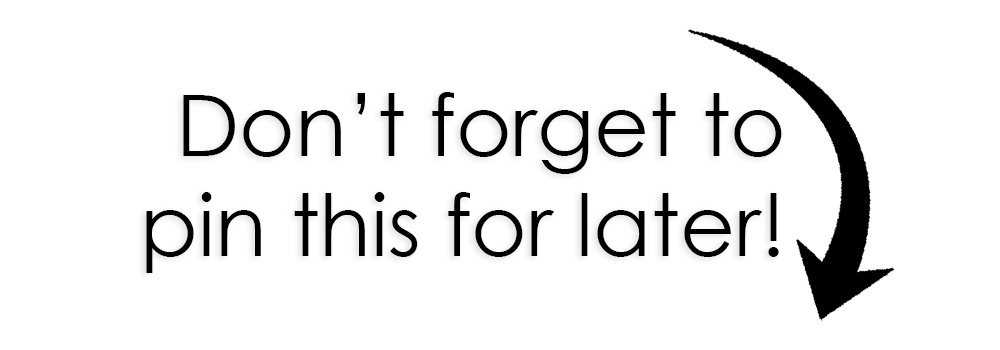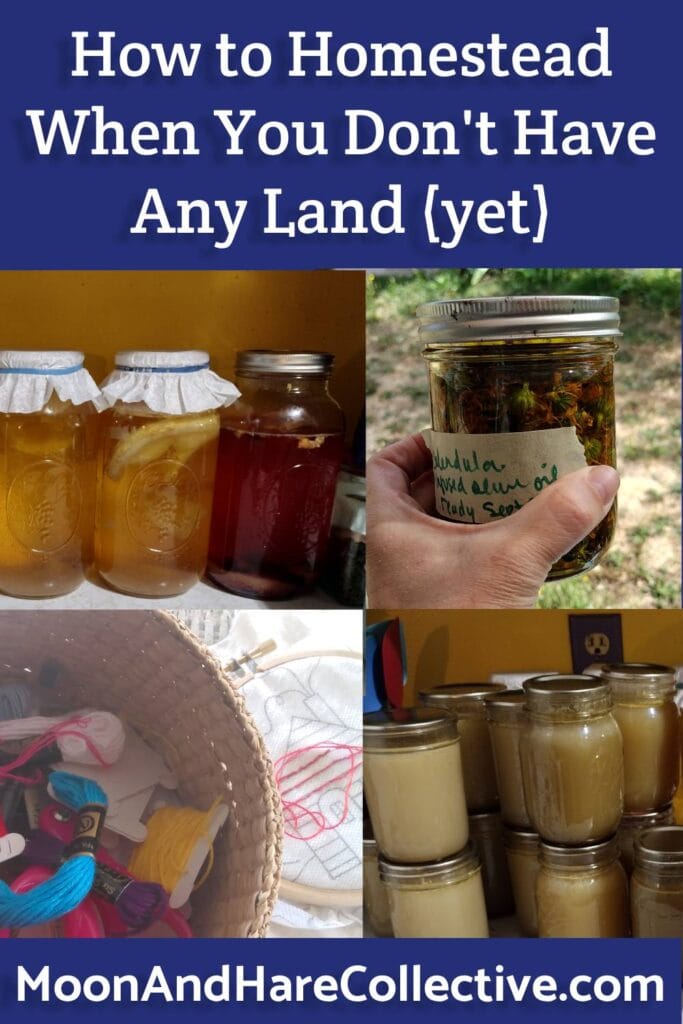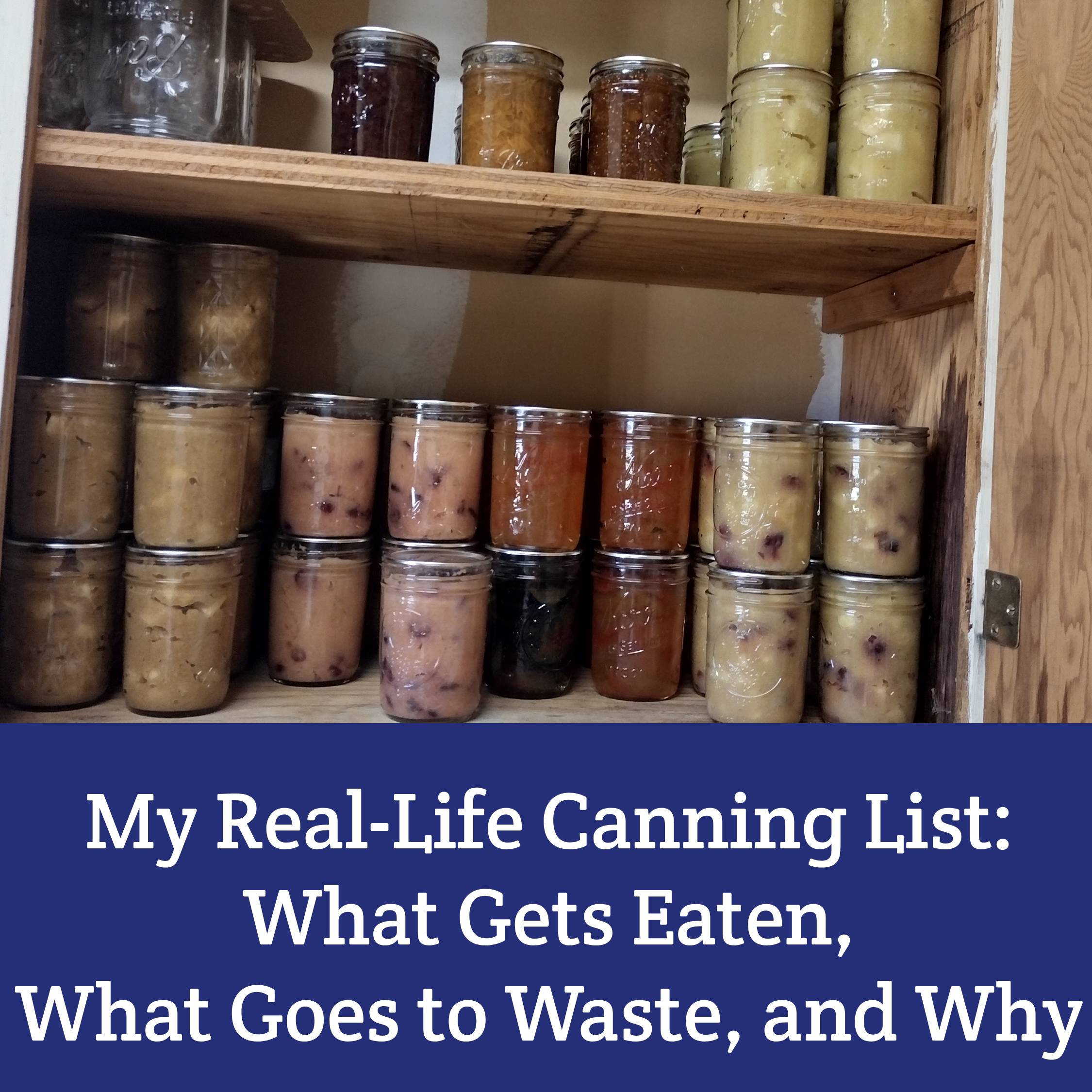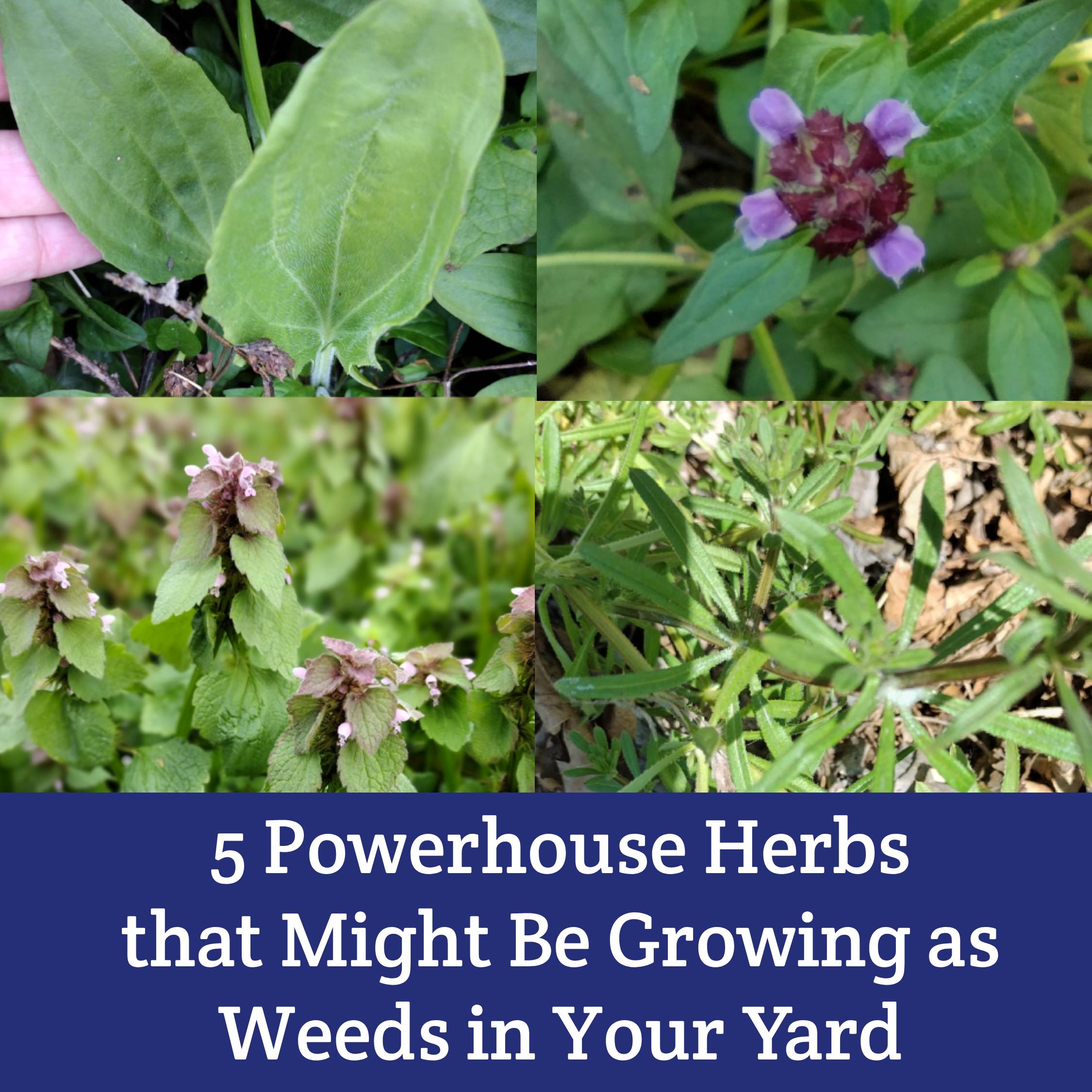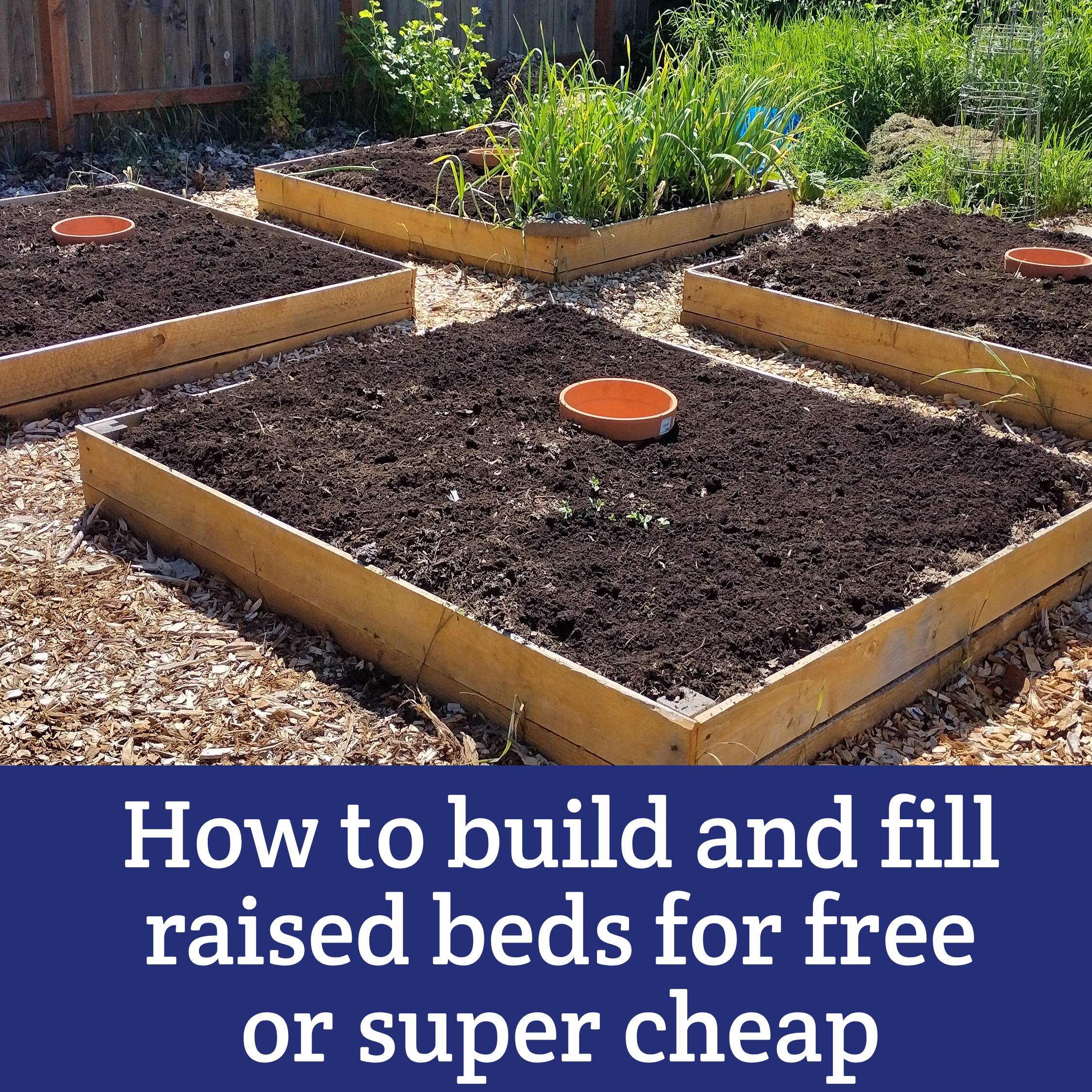So you have been learning about homesteading – either urban or in the country – and you’re excited. You’re ready. You are just itching to get started, but wait.
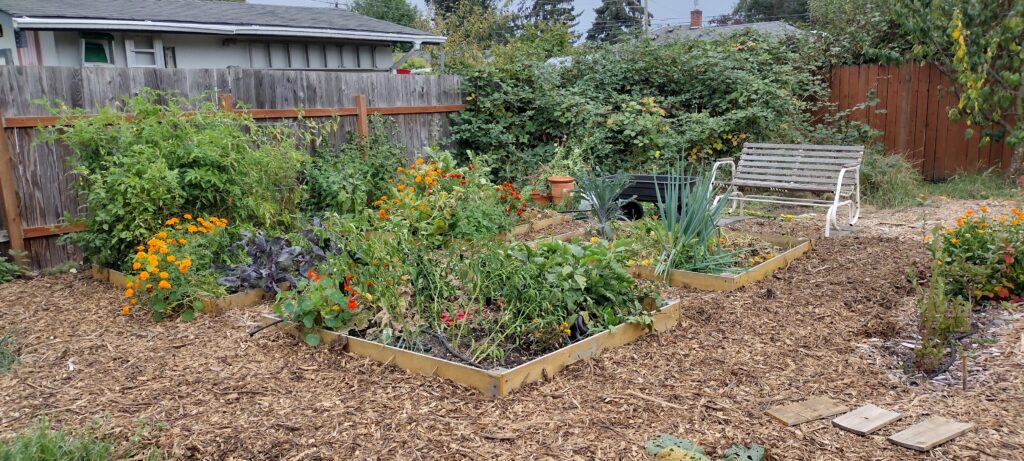
You live in an apartment and don’t have access to ground for growing. Or you live in a rental house and don’t want to (or can’t!) put in permanent infrastructure for growing things. I was in that space once, and I completely understand.
I remember trying to grow things in pots on tiny shaded balconies, hacking back briars in yards that the owner wouldn’t take care of, so they just grew back right over my plants. Planting in pots that were stolen right off my front porch. Hopefully you’re having better rental luck than I did. And until you’re able to get your own space, I have some suggestions for you.
This article will be pretty short because the answer is: get started doing whatever you can.
That’s it. You’re already learning, so now, do what you’re able to.
I’ve said it before: start where you are. Do what you’re able to do.
If you have the space and ability to grow in a few pots – and they won’t get stolen, then sure, get started that way. Grow a few high yield, low effort plants in pots. Or start by growing some herbs – they’re very easy and using fresh, or even freshly dried seasonings is a game changer. If you’re determined to be growing, and those aren’t possibilities, then look into a community garden plot near you. Look into classes on growing in your area, or at the extension service for your county. Make connections with local growers and chicken farmers. Even once you have all the land, you won’t be able to do everything yourself, so you’ll want connections to help where you’re not able to do it all. Meet them, learn from them and buy good produce from them.
None of these will take away your whole produce bill, but they’ll help, and most of all, they’ll help you start learning.
Honestly though, regardless of gardening, my advice is: focus on the radical homemaking part.
Learn to preserve and can food. Learn to bake bread. Slowly become an ingredient household and learn to cook from scratch. Learn how to store food in the space you have.
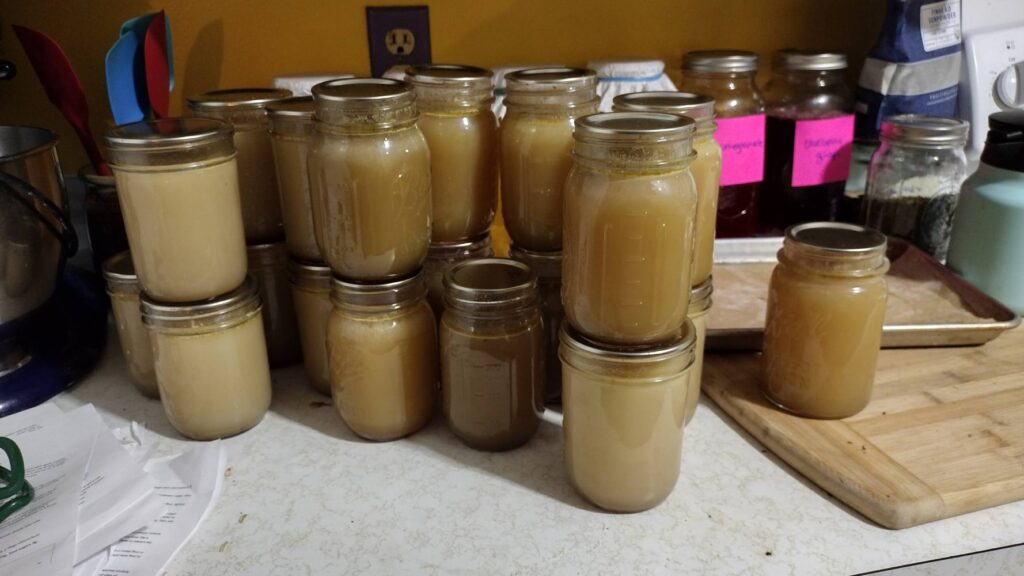
Start getting used to a production home: one that’s a place for producing food. It’s going to look, smell, and feel a little different than a more conventional home. It might be a little more crowded, with jars of fermenting and infusing goodness in every windowsill. Herbs hanging to dry at every doorjamb. The dehydrator out in the middle of the table, humming away. Little tasks being done in every corner and on every surface.
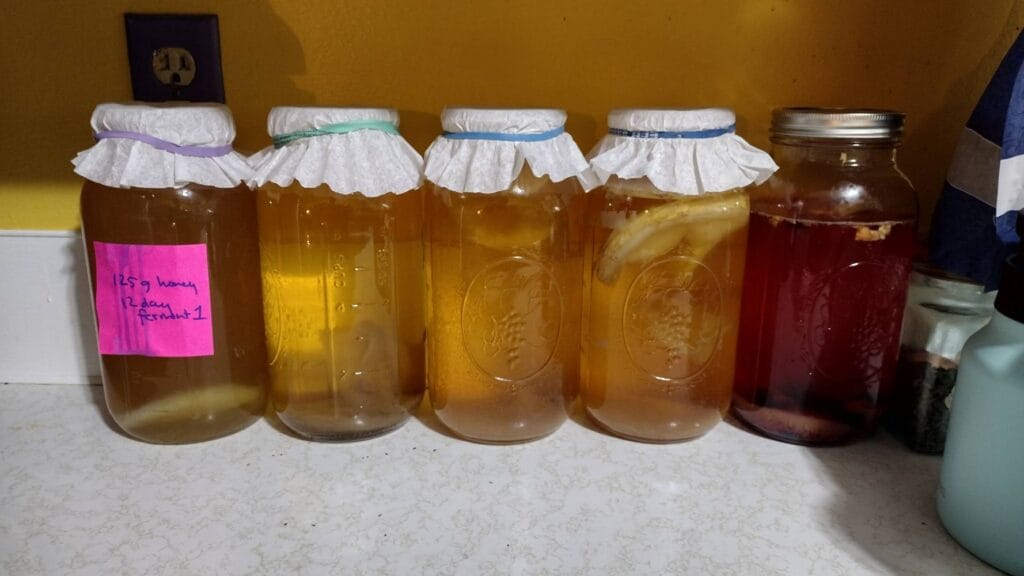
Work toward eating seasonally, so you’ll be ready when you’re growing all the seasonal produce!
Go do a little foraging. Lots of parks are edged by lavender and rosemary. You can likely find more invasive herbs, like mugwort, St. John’s Wort, mullein, self heal, and lemon balm in wild spaces nearby. Hang up the herbs to dry and learn how to use them. Take an herbal medicine making course (I recommend Herbalista – that’s not an aff link, I just like it) and start making your own medicines.
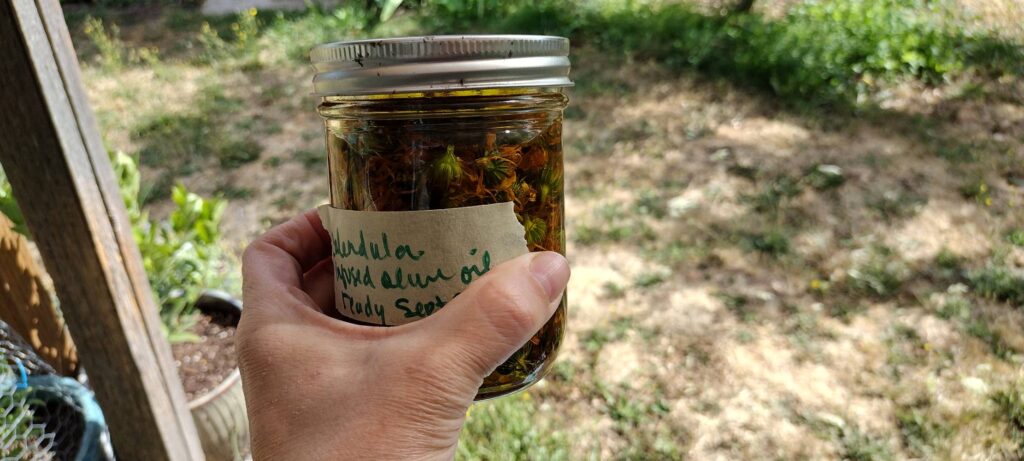
Start learning. Gather books from thrift stores or the library to start learning all the skills you don’t have yet. Learn all about modern homesteading. Take a class on keeping a well-stocked pantry or on meal planning. Learn about sewing and home preserving so you’ll already have a head start when the time comes.
Put together a mending basket and begin mending your clothes. Learn about and start making your own soap.
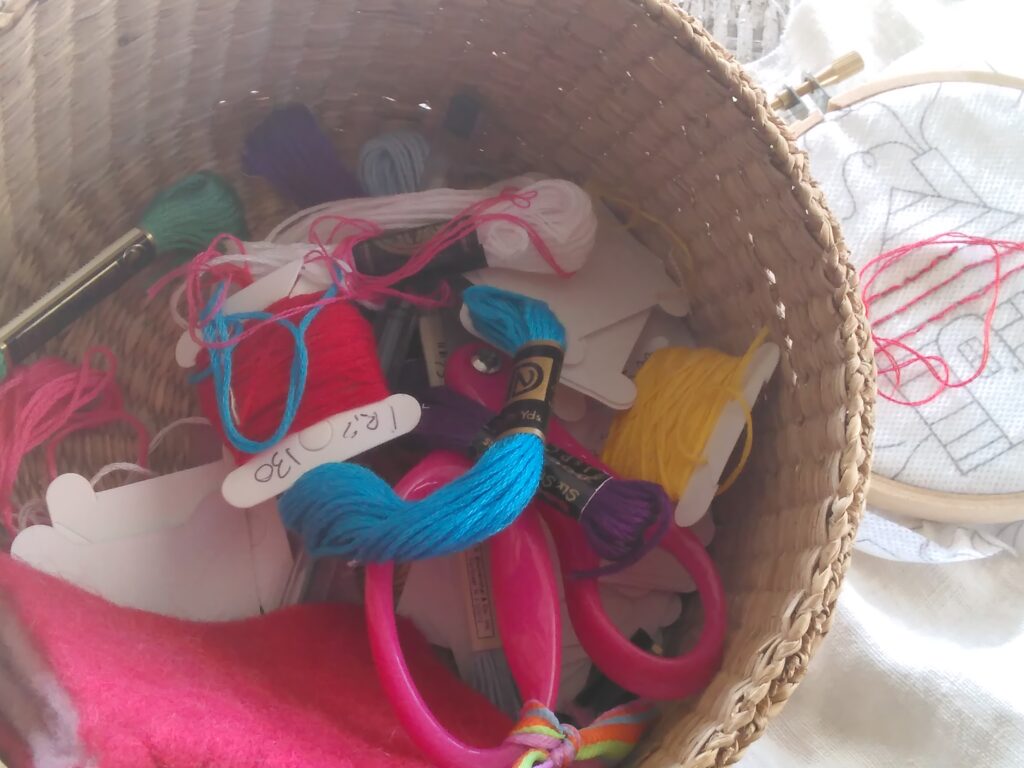
There are lots of aspects of modern homesteading and growing is actually a pretty small part of it (not time-wise, just skills-wise-ish). Start learning the indoor skills so that when you are able to get that land, you’ll be ready to hit the ground running.
Once you get started, you’re a homesteader! So start where you are, and do whatever you can!
